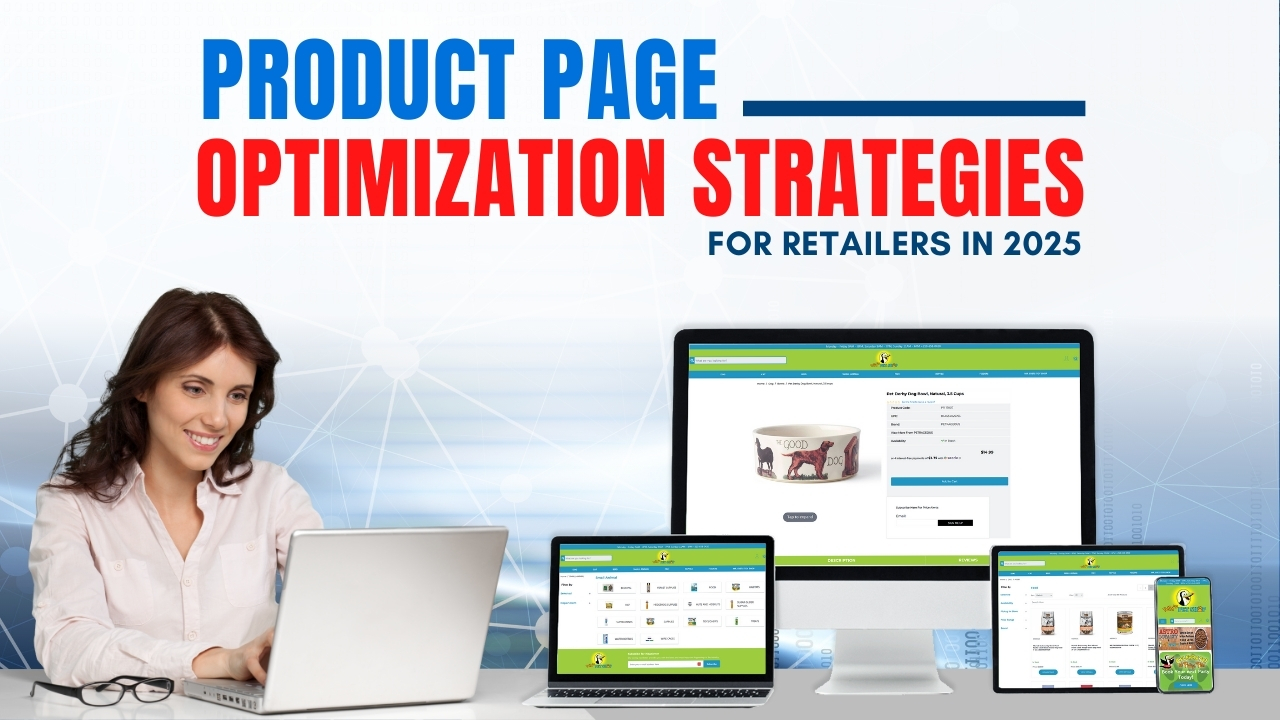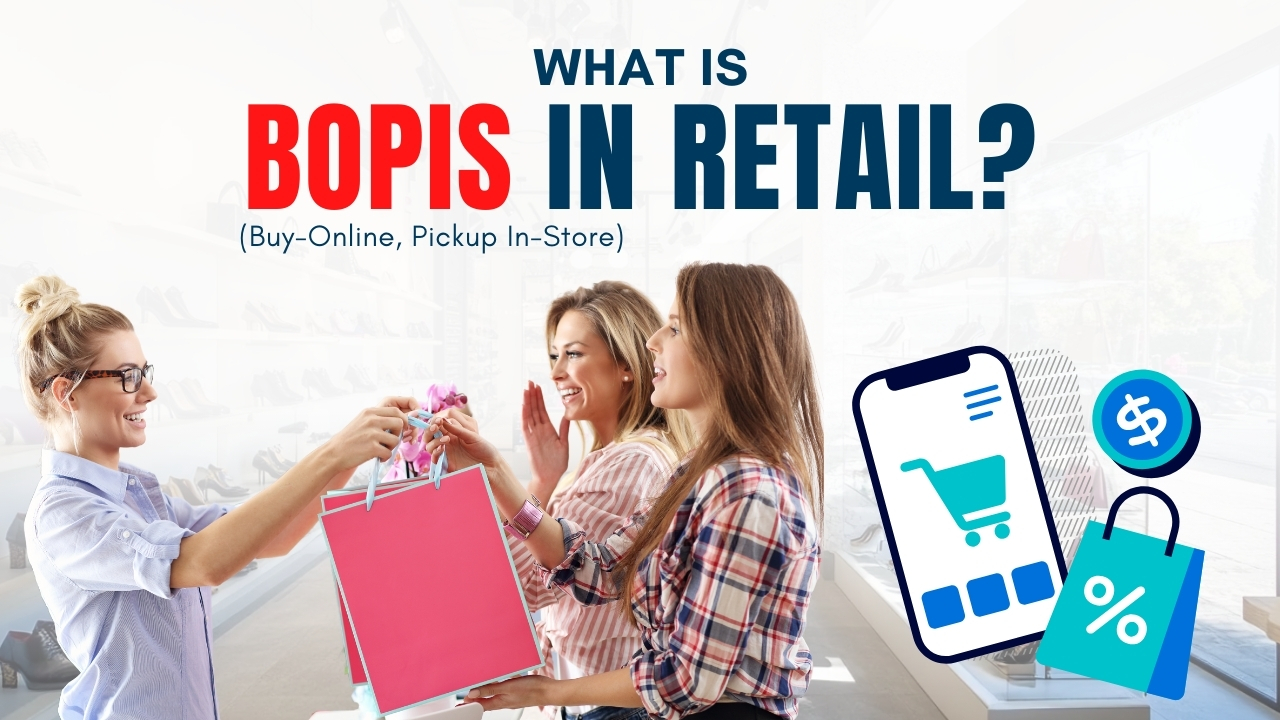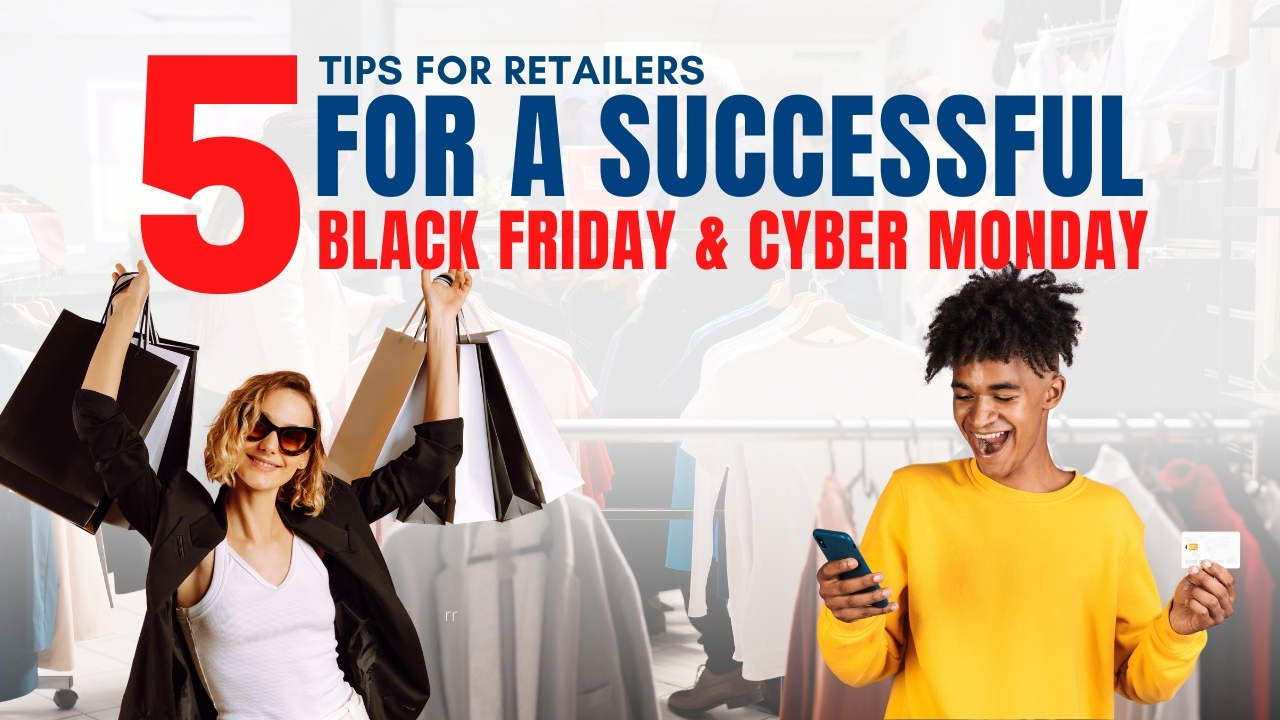Blog
Product Page Optimization Strategies for Retailers in 2025
January 14, 2025 / 9 minute read / By Zoya Naeem

Blog

Ever wonder why some product pages effortlessly convert visitors into buyers while others get lost in the noise? It’s not magic, it’s optimization.
The truth is competition is fierce for eCommerce business owners today, and attention spans are short. A well-optimized product page is more than a necessity; it’s vital. After all, your product page is the first (and often the last) impression you’ll make on your potential buyer, so it needs to do more than look good -it has to engage, inform, and ultimately convert.
According to Statista, nearly 80% of shopping carts are abandoned. However, a well-optimized product page can make all the difference in reducing that number. In fact, 83% of consumers say that product images are the most influential factor in their purchase decision, followed closely by clear product descriptions and trust signals (like UGC content).
So, what does a high-performing product page look like?
In this article, we’ll discuss the five key elements of high-converting product pages that will help every retailer attract visitors and convert them into loyal customers. These include:
So, when you optimize these key areas, your product pages will shine, and you will also see tangible results like increased conversions, higher average order values, and a loyal customer base that keeps them coming back for more.
Ready to explore? Let’s dive into the secrets of optimizing product pages to increase ecommerce conversion rates.
Have you ever landed on a product page and wondered, ‘What’s next?’ That’s exactly what you don’t want your customers to feel. A strong, visually prominent CTA isn’t just a necessity; it’s your ultimate guidepost that will steer your shoppers towards hitting the ‘buy now’ button.
With mobile traffic dominating the retail landscape today, it’s even more important than ever to get your CTAs right on smaller screens. According to Statista reports, in the third quarter of 2024, smartphones accounted for over three-quarters of retail site visits in the United States and generated roughly two-thirds of online shopping orders.
So, if your CTA isn’t mobile-friendly, you’re leaving money on the table.
Take inspiration from Amazon. If you’d notice, their CTAs like ‘Buy Now’ or ‘Add to Cart’ aren’t just randomly placed elements; they are strategically positioned right where your eyes will naturally land, often above the fold.
So, what can we learn from Amazon? It’s all about clarity and ease. Whether it’s on desktop or mobile, their CTAs remove hesitation and make shopping seamless that’s especially critical in today’s mobile-dominated landscape.
Want to replicate that same level of effectiveness? Here are three things you can do right now as a retailer to optimize your CTAs:
If you are curious which CTA style works best for your audience, using an all-in-one retail system can help. You can track customer behavior, which provides insights into what drives clicks. Then, you can use these insights to A/B test different CTA placements, colors, and wording to see what resonates most. Over time, you can even build a data-backed strategy that turns visitors into buyers.
Download FREE eBook: How All-In-One Retail Software Offers a Unified Shopping Experience
Next up on the list is high-quality product photography.
Let’s be honest: when it comes to online shopping, first impressions matter.
When shoppers can clearly see what they’re buying, it’s easier to feel confident about making a purchase. In fact, 75% of online shoppers say product images are the most important factor when making a purchase decision.
So, how can you make your product images stand out? The key lies in giving customers every possible angle, literally and figuratively.
Take inspiration from Warby Parker. They’ve built their business by providing high-quality images of their eyeglasses, showing off every angle and tiny detail. Their website even allows customers to virtually “try on” the glasses, making the experience more immersive and reassuring. When customers can closely inspect a product before committing, it not only boosts confidence but also decreases the chances of product returns.
You can take these three actionable steps today to improve your product photography:
Now, if you want to reduce hesitation and increase conversions on your website, you want to add product descriptions that directly speak to your customers.
Clear, engaging descriptions can make all the difference by answering key questions, alleviating concerns, and providing the final push needed to complete a purchase. Shoppers want to know what a product will do for them, not just what it is. And when your product descriptions do this well, you’re much more likely to close the sale.
Patagonia is a master at creating product descriptions that engage customers while showcasing the brand’s values. Take their jacket descriptions, for example -they don’t just talk about the technical specs. Instead, their product page copy is designed around the functionality, durability, and eco-friendliness of the item they are selling. This not only educates the customer but also aligns the product with the company’s mission, adding extra value.
When your descriptions tell a story, you’re not just selling a product -you’re selling an experience.
You can take these actionable steps to create descriptions that convert:
According to Brand Rated, 95% of shoppers read reviews before making a purchase. If you’ve ever hesitated to hit “Add to Cart” until you’ve scrolled through the reviews -you’re not alone.
In ecommerce social proof, like reviews, ratings, and user-generated content (UGC), can tip the scales in your favor. When potential customers see others appreciating your product, they’re more likely to buy. Why? Because social proof validates their decision, making it feel less risky.
So, what you want to do is:
Your POS system can actually help you identify repeat buyers -the ones who already love your products. You can use this data to offer personalized incentives, like discounts or loyalty points, in exchange for reviews. These customers are your biggest fans, and their endorsements carry weight with potential buyers.
Have you ever had a customer buy something from your website they didn’t even know they needed? That’s the power of smart product recommendations.
Upselling isn’t just a sales tactic; it’s a way to improve your customers’ shopping experience. By showcasing related or complementary products, you are not only increasing your average order value (AOV) but also helping shoppers find solutions they didn’t realize they were looking for.
You want to take inspiration from Sephora’s product pages. They use recommendation engines to suggest complementary items, like makeup brushes with foundation or skincare sets with serums. These tailored suggestions make shopping easier and encourage customers to add more to their carts.
What can help you sell more is:
Did you know you can automate your product recommendations with an integrated retail system? An all-in-one retail system with AI capabilities can streamline upselling. It syncs your inventory with personalized recommendations, ensuring customers see in-stock products relevant to their needs. Automating this process will create a hassle-free experience for shoppers while boosting your bottom line.
But you know what? Even the best strategies can backfire if common mistakes aren’t addressed. A few missteps on the road to a high-converting product page can derail even the most well-planned optimizations.
What you do instead: Write naturally. Integrate keywords where they make sense, focusing on creating value for your customers rather than appeasing search algorithms.
2. Low-Quality Imagery
Blurry images or too many irrelevant visuals can clutter your product page, making it harder for customers to focus on what matters.
You want to prioritize high-resolution images that showcase your product effectively. Stick to a specific set of visuals that add value to the customer’s decision-making process.
3. Neglecting Mobile Optimization
With over 70% of retail site visits coming from mobile devices, ignoring mobile optimization can frustrate users and send them straight to a competitor.
It’s important that you regularly test your product pages on multiple devices to ensure they’re fast, responsive, and user-friendly. Use mobile-first design principles to enhance navigation and functionality.
With the right strategies, you can create a shopping experience that not only captures attention but builds trust, drives sales, and keeps customers coming back.
But strategies alone aren’t enough.
It’s the tools behind the scenes that make everything work seamlessly, and the right ecommerce & retail technology solution ensures your product descriptions, visuals, CTAs, and recommendations are consistent across every channel, empowering your business to operate in sync.
Take the first step by integrating your operations with a powerful, all-in-one retail system like Celerant’s Stratus Enterprise, which is tailored for ecommerce success.
 Discover how BOPIS can help you improve sales and customer satisfaction. And how using the right retail… |
 Tis the season, so be ready! Read these quick 5 tips about being successful over Black Friday and Cyber… |